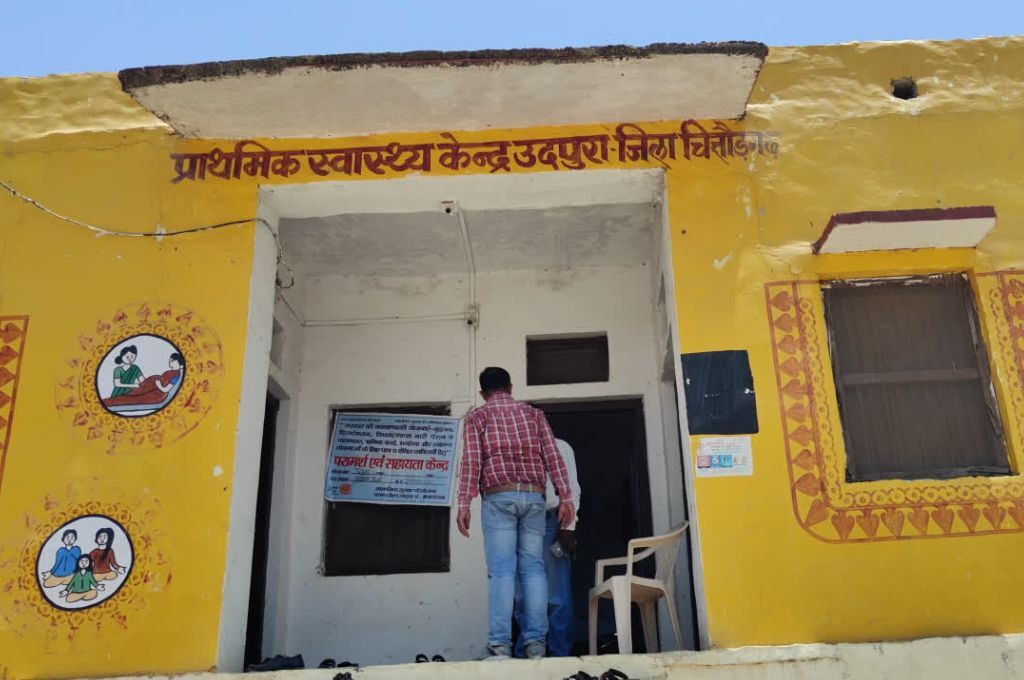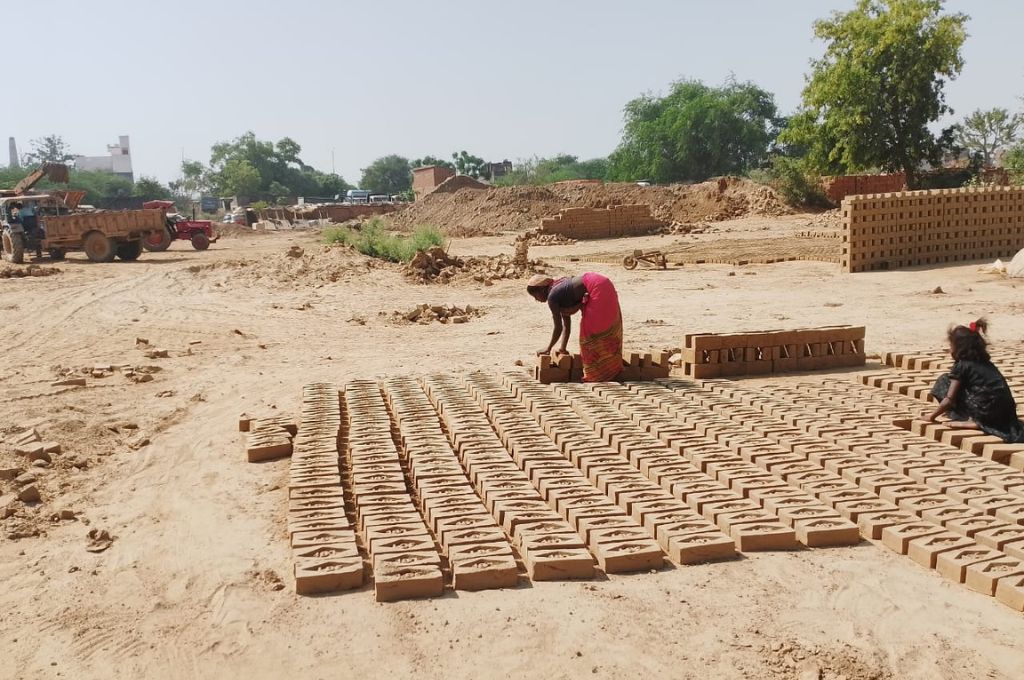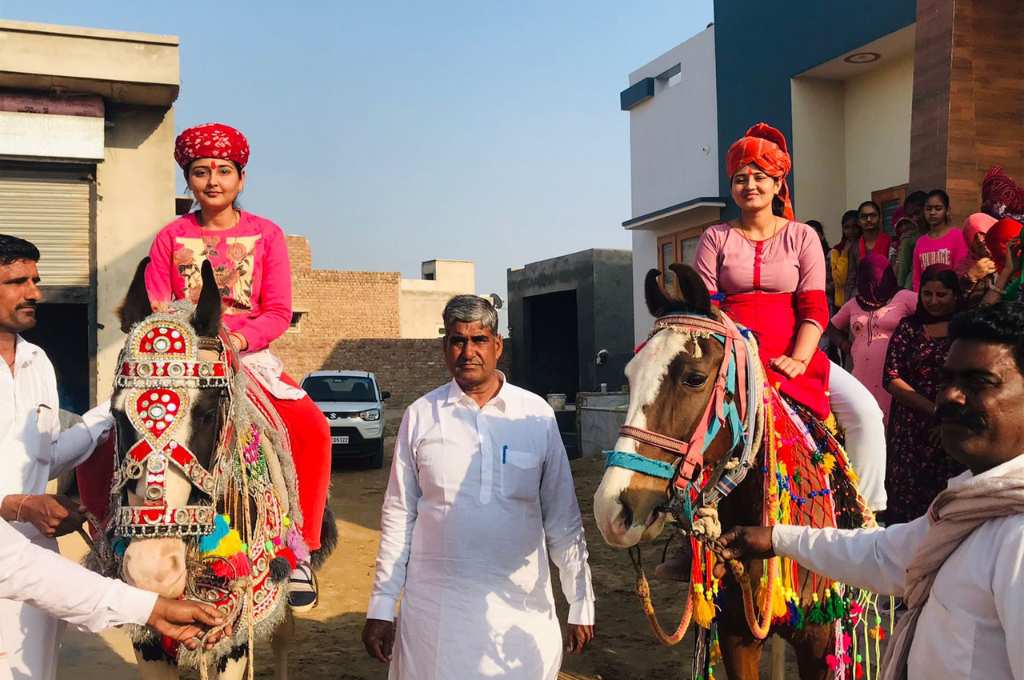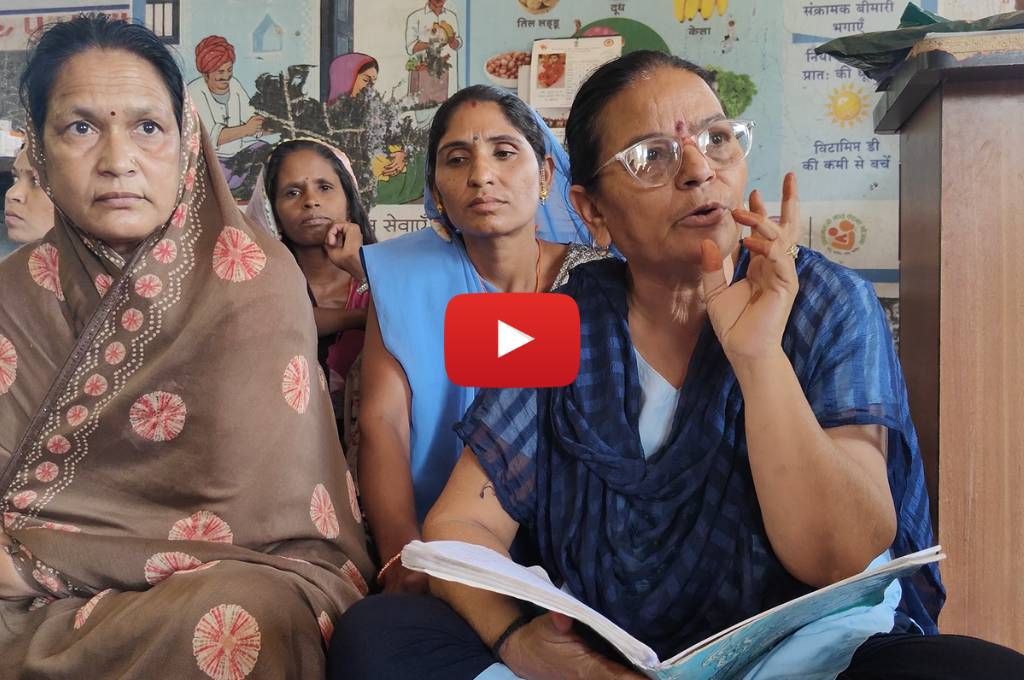READ THIS ARTICLE IN
Nutrition tracking does not pay enough
I’ve been an anganwadi worker since 2011 in Uttar Pradesh’s Ghaziabad district. My responsibilities include teaching children, distributing ration, performing election duty, running vaccination drives, and taking care of the nutrition of pregnant women and infants.
Anganwadis are usually assigned a helper who assists with bringing the children to the centre and taking them home, staying at the centre in the absence of the worker, and so on. The helper at my centre retired three years ago, and the government hasn’t hired her replacement since then. This makes it difficult for me to manage all the work alone. If I have to attend a meeting, there is no one to stay with the children.
Since 2021, we have the additional responsibility of measuring the children’s weight and height till they reach the age of six, and then feeding this data into the government’s Poshan Tracker app. This app tracks the nutritional status of the young children and helps fight malnutrition. We were told that we will receive monthly financial incentives for this extra work that we are doing, but the payments haven’t been consistent.
My salary is INR 5,500, which isn’t enough to run the household. With the incentives for the Poshan Tracker work, my salary ranges from INR 7,000-9,000. No one can explain the criteria for how incentives are calculated. Without a set amount, it becomes difficult to plan the expenses for the month.
I’m working neither as a proper teacher nor as a proper doctor. I just want the government to appoint me as a teacher because teaching is what I like to do. Anganwadi workers like me should get at least INR 15–20,000 as compensation for our work and a pension upon retirement.
Anita Rani is an anganwadi worker in Ghaziabad, Uttar Pradesh.
—
Know more: Learn about the implementation of the anganwadi adoption scheme in Madhya Pradesh.



